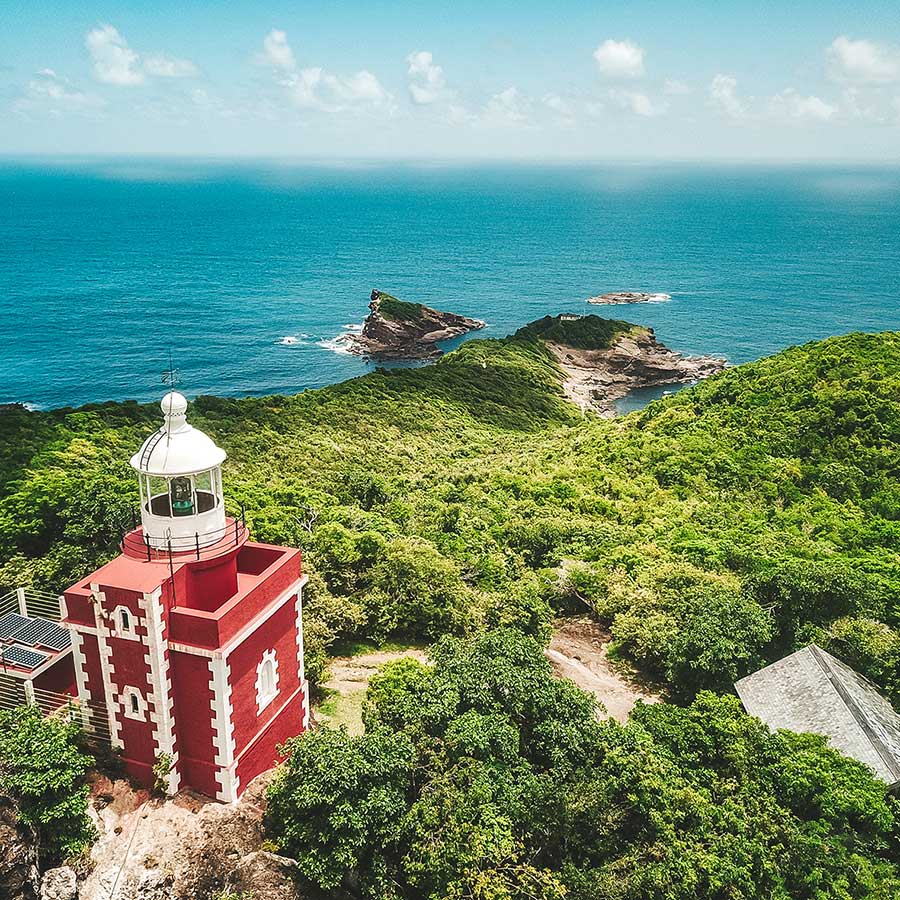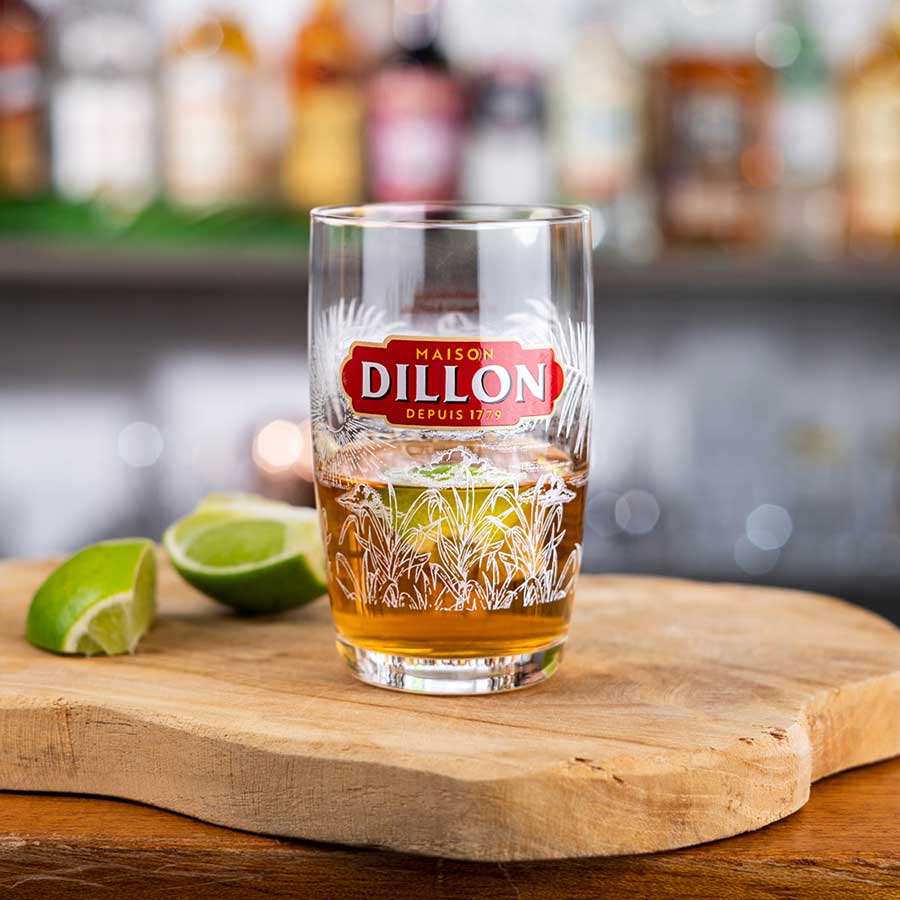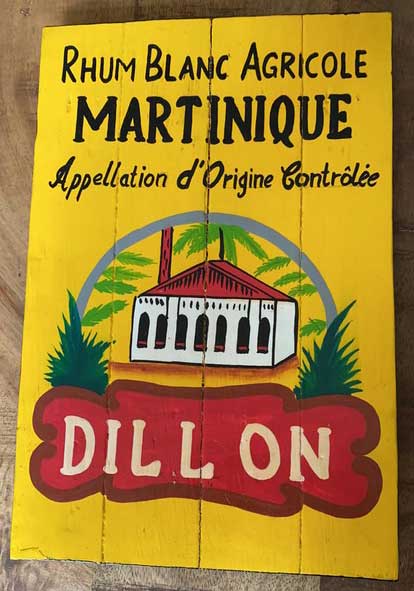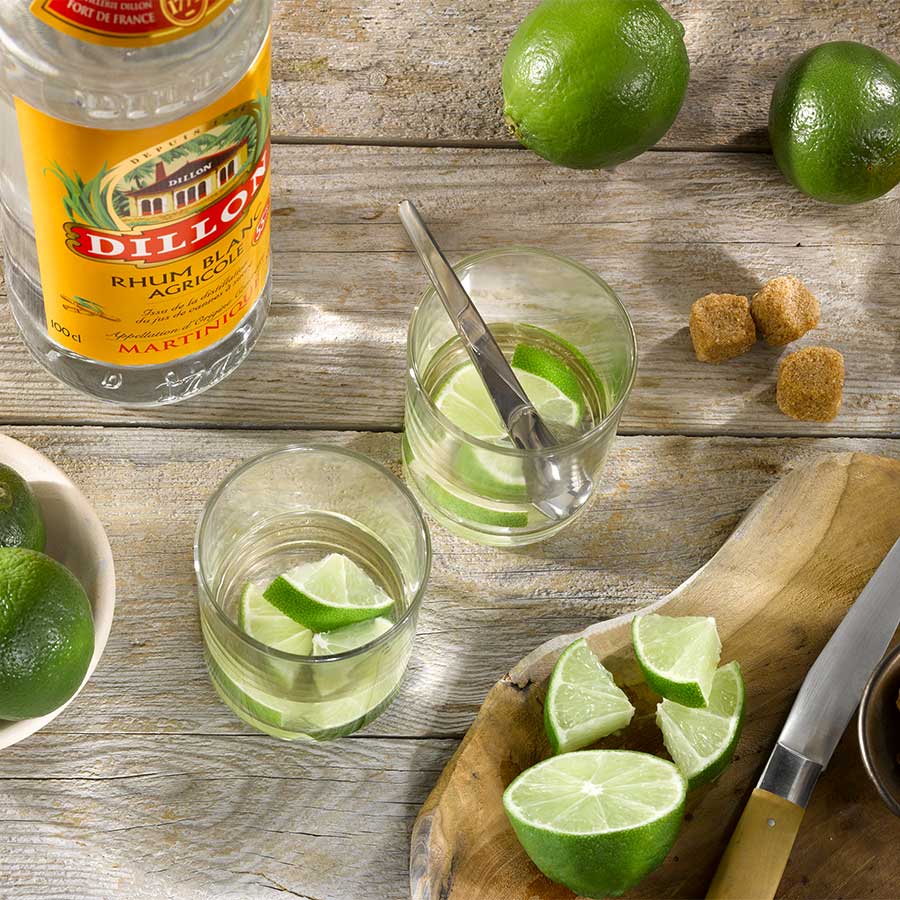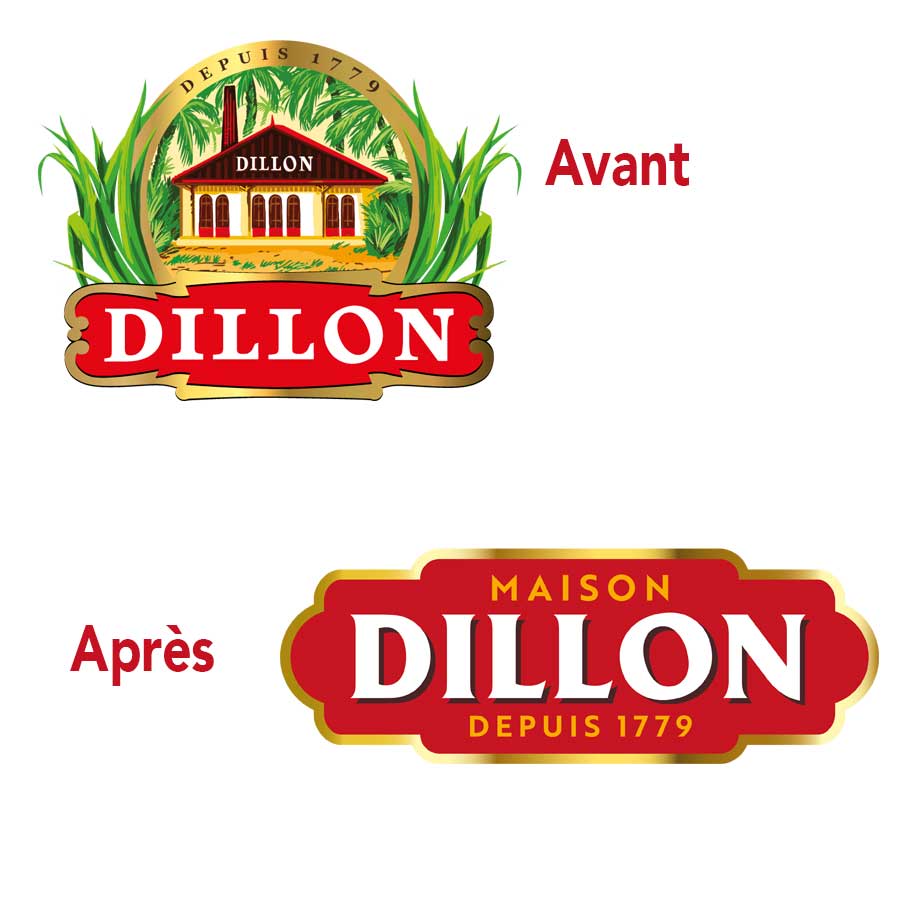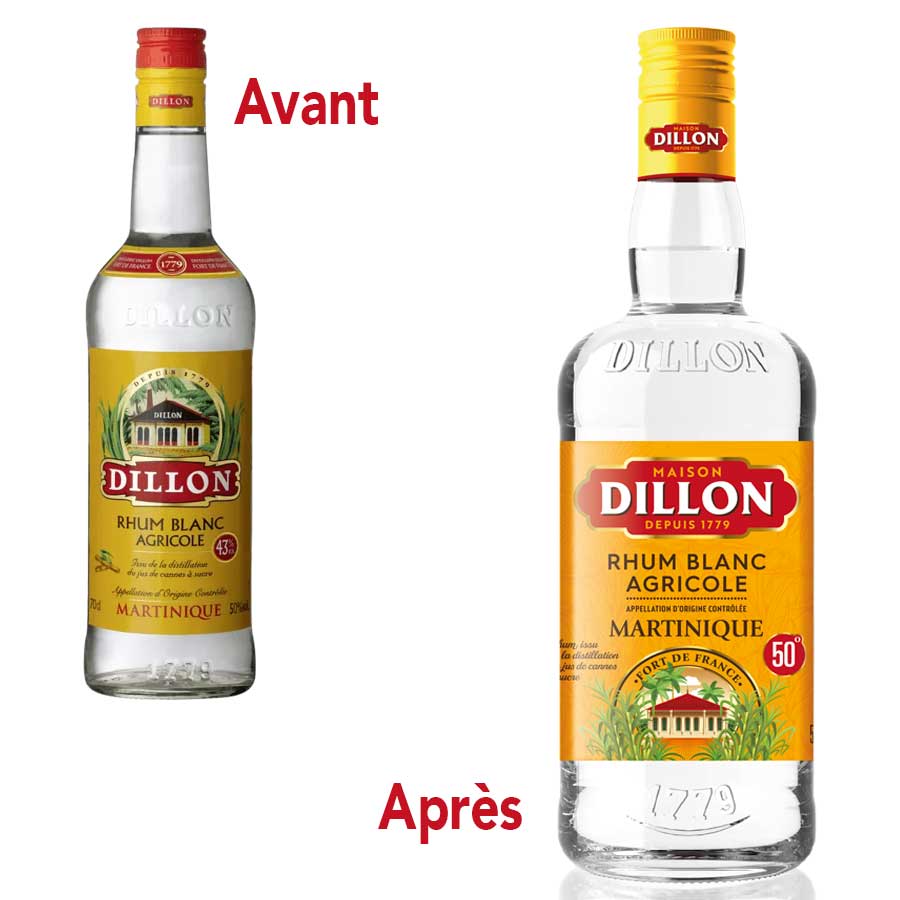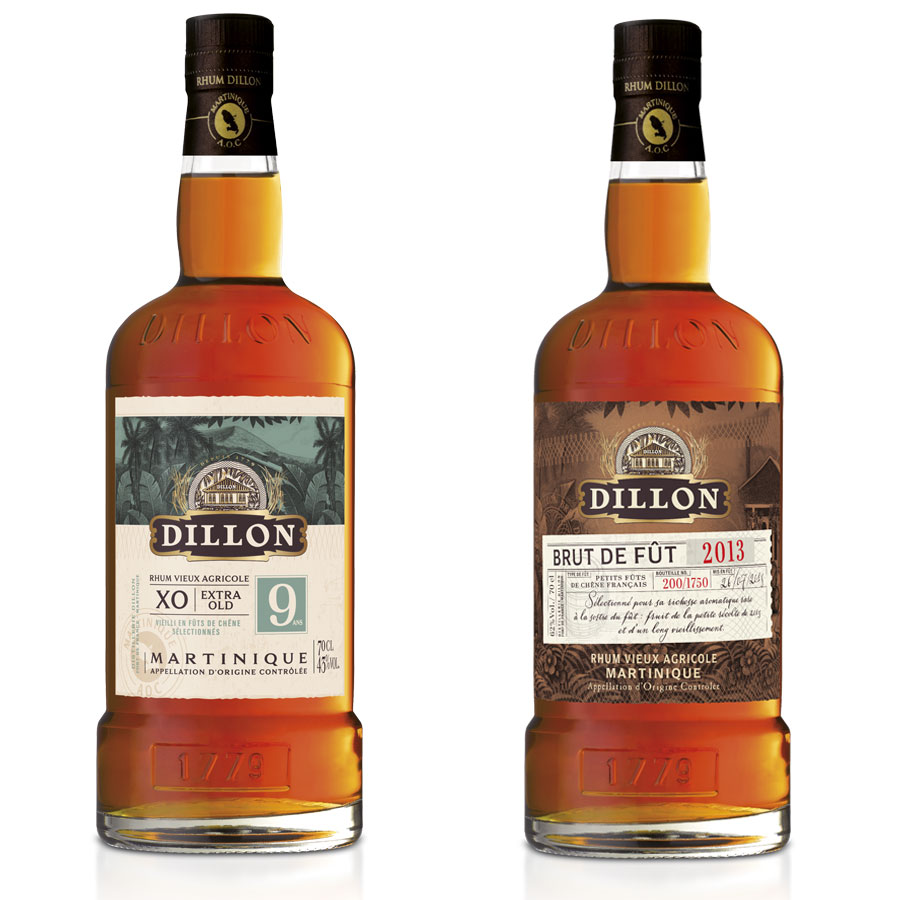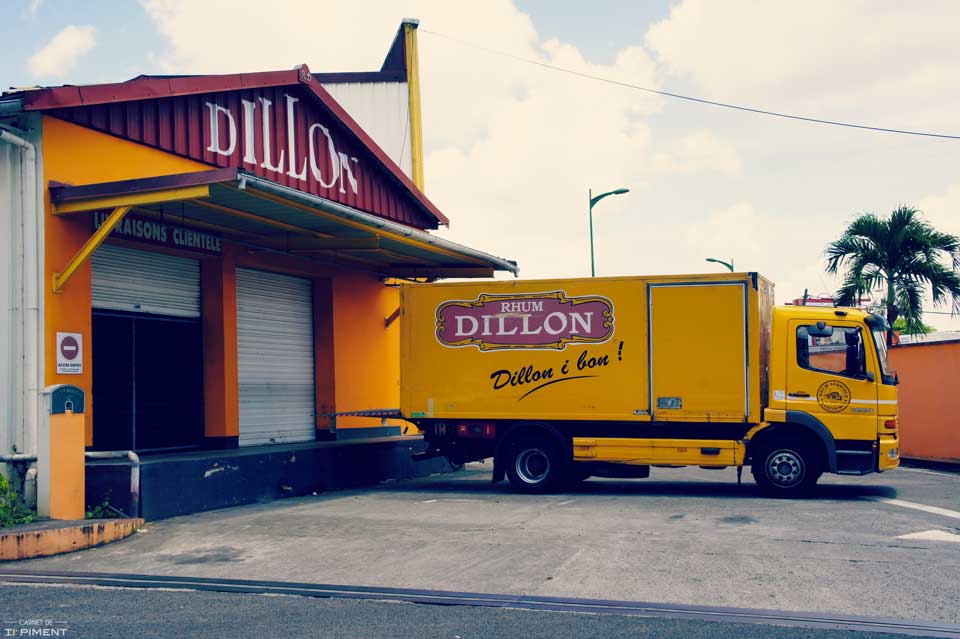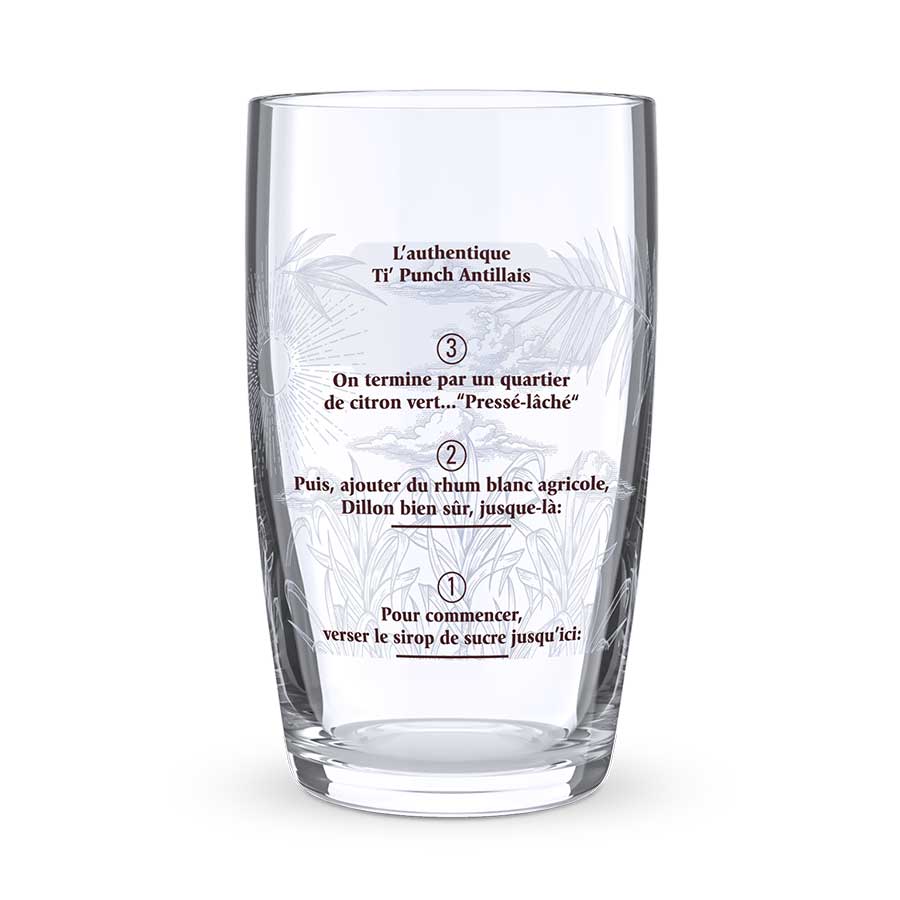As one of the best-selling rum brands in mass distribution, the Basse-Pointe-based brand had begun to reposition itself by expanding its range reserved for wine shops from 2019. But 2023 marks a real turning point for Dillon, with a complete overhaul of its brand narrative, design and positioning.
Dillon had been a sleeping beauty for some years. And that we were waiting for the Bardinet Group’s brand to wake up to the blows of rum-based spirits such as Captain Morgan in supermarkets, and to the dazzling creativity of its competitors (avalanches of special and limited vintages) in the premium segment (wine shops).
2019 marked the beginning of the Martinique brand’s revival with the release of its 2003 single cask and its 71.3% brut de colonne. This was followed in 2020 by a red cane parcel. And then 2022 arrived, with the release of a new age count (9 years), and a brut de fût (2013).
A major (and very successful) upgrade of the premium range aimed at wine merchants and their customers, the discerning wine lovers. But this was only the beginning, because in 2023, nothing less than a complete overhaul of the range’s identity was carried out.
A revisited brand story
The storytelling, centred around the date of 1779, which corresponds to the takeover of the Girardin house by Marie-Laure de Girardin Comtesse de la Touche, following the death of her first husband, was first rethought.
It now focuses on the meeting between the young (28 years old) widow and Count Arthur Dillon, also a widower, who was passing through Martinique on his way to fight the English alongside Lafayette. Known to be adventurous, a brawler and a heavy drinker, Arthur managed to combine his participation in the War of Independence in the United States of America with his assiduous courtship of the Countess de la Touche.
At the end of hostilities in 1783, he settled with her in Martinique, then at the time of the Revolution became a deputy and married Marie-Laure. A staunch supporter of the king, a supporter of slavery and a war hero, he was a very ambiguous character who ended up being guillotined on the orders of Robespierre in 1794 and gave his name to the house and thus to rum. The daughter of the founders, Fanny, married a close companion of Napoleon I, General Bertrand.
It is rumoured that the first consul, then emperor, was not insensitive to her charms, but that the beautiful woman remained faithful to her general. Fanny died in debt in 1857 and all her possessions were put up for sale. The house was bought by Pierre Hervé, mayor of Saint-Pierre. He built a sugar factory, a guild house and railways.
But the sugar crisis of 1866 ruined him and the plantation became a limited company managed by Louis Domergue. In 1891, a cyclone devastated the 18th century house and led to his death. In 1900, his son Raoul rebuilt it from a house in Saint-Pierre which he had dismantled beam by beam.
The house was finally bought in 1967 by the Bordeaux family company Bardinet, which today owns the brands Old Nick, Dillon, Negrita, and Sir Edward’s whisky. And in 1993, Bardinet joined forces with the Martiniquaise group, the leader in French rum with Saint-James, Depaz, Rivière-du-Mât, etc.
The rum that speaks volumes
In terms of storytelling, 2023 is also marked by an important change in the brand’s name. From now on, we will no longer say Dillon, but “Maison Dillon”. The aim is to gain status and respectability by adding the word “maison”, which in the collective imagination refers to premium companies that have been established for generations in the French landscape. New slogans were also devised to place the brand in the long term, and to engrave the pronunciation of Mount Dillon in stone.
The result is “Dillon, the rum that speaks volumes”, which is also declined into “Our origin speaks volumes” to emphasize the Martinique origin and the AOC, “Our house speaks volumes” to reaffirm the transition to “house” status, or “Our Ti’punch speaks volumes”, to remind us that the vast majority of rums sold by the brand are mixed with lime and sugar before being drunk.
A redesigned visual identity
The story is not the only one to have been given a serious facelift, the design has also benefited from a fresh look. The logo has evolved with a brighter yellow border, and the word “House” has appeared, as has the date 1779.
The labels have also changed. The iconic house is now positioned at the bottom and the word Fort-de-France appears.
As you will have noticed, the shape of the bottle has also changed. Less tall, wider and more generous, it has been designed to offer more status and impact. The iconic red and yellow graphic charter, warm and welcoming, has not been fundamentally altered, only slightly lightened.
A heavyweight in the retail sector
And what about what interests us most as rum lovers? The juices have not changed, they retain their specific organoleptic personality: whether white or old, these are fleshy, authentic, powerful rums that give themselves away completely. The 40% white and the 55%, which play on the sweetness, the spiciness and a certain bitterness at the end of the mouth, remain the ideal companions of Ti’Punch.
They can be found in supermarkets, alongside a VSOP with vanilla, cinnamon and wood (perfect for an old Ti’Punch!) and, during the festive season, XO (both 43°). It should be noted that Dillon remains a heavyweight in the rum market. 85% of its 2.5 million bottles sold annually are sold through this channel in mainland France.
On the CHR circuit (cafés, hotels, restaurants, bars…) which represents 6% of sales, we find our white rums at 40 and 55%, as well as a BIB at 50%. As for aged rums, we have an aged rum at 43%, and an amber rum at 45%. The range is completed by a BIB of 15% punch planteur.
An expanded premium range
It is the range reserved for wine merchants (0.1% of sales, but an increase of 40%) that has evolved the most. Alongside the 7 and 12 year old XOs, comes the 9 year old, which has also benefited from a redesign of its graphic charter (with blue-green tones).
With candied fruits, it is remarkably sweet without being sickening, while being very aromatic, a great success. All these age accounts are 43%. Then come the limited series, with notably the 2003 single cask (also 43%) on nuts, tobacco and subtle notes of rancio.
Particularly greedy. Dillon has also ventured into cask strength: 2013, 62%. Tasted during our visit to Depaz in Martinique in May 2022, it marked us by its controlled power and its notes of exotic fruits. Finally, on the old rum side, the decanter of the 2004 vintage is positioned as a great tasting rum and a statutory gift.
But Dillon has also tried its hand at premium white rums, with its Canne Rouge rum. It smells of fresh cane (it feels like being in a field) and brown sugar, it is sweet and peppery on the palate. To be drunk as is. And finally, the 71.3% Brut de Colonne, with its beautiful notes of white flowers and coconut. A rum to sip with holidays in mind!
A distillation at Depaz
Dillon can boast of operating one of the largest estates in Martinique with 338 hectares, and 18 hectares under tenancy, i.e. 365 hectares planted around Basse-Pointe in the north of the island.
The cane is then sent to the Depaz distillery in Saint-Pierre where it is crushed during the day. Fermentation is quite long for an AOC Martinique rum, lasting 48 hours. Dillon has not distilled its own rums since 2007, when the Basse-Pointe distillery closed and the distillation column was installed at Depaz (which has obtained ISO 14001 certification). There, the rums are produced at 70 and 71°.
The bottling is done in Fort-de-France, in the centre of the island. In the future, Dillon should continue to position itself as a typical AOC Martinique brand. Its permanent range is not intended to be scattered, but rather to grow slowly but surely, with occasional limited editions that shed light on a little-known aspect of its identity.
Dillon in figures
2,500,000 litres produced per year. 85% is sold in the mass market in mainland France (-10% in a market that is -6% overall), 8% in Martinique (+5%), 6% in the on-trade (+12%), 0.1% in wine shops (+40%), and 3% for export (+46%), notably in Japan where VSOP is a great success, in Andorra, Switzerland, Gabon… and in 2023, we will be heading for Germany, Belgium, the Czech Republic, and Italy.
New glassware
Dillon is also launching new Ti’Punch glasses, where you can read the recipe for this iconic French West Indian cocktail. How convenient!

